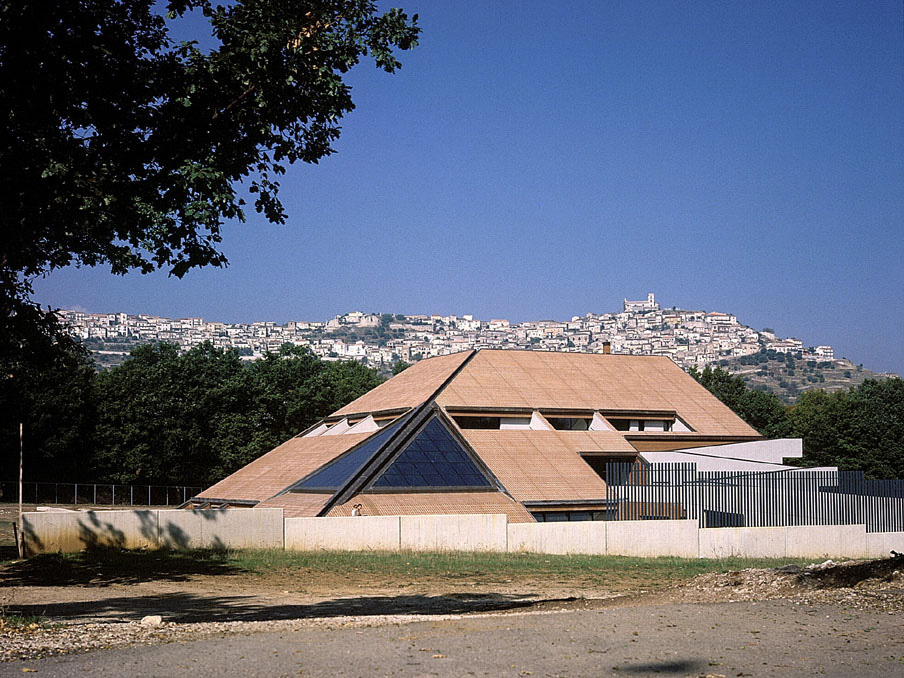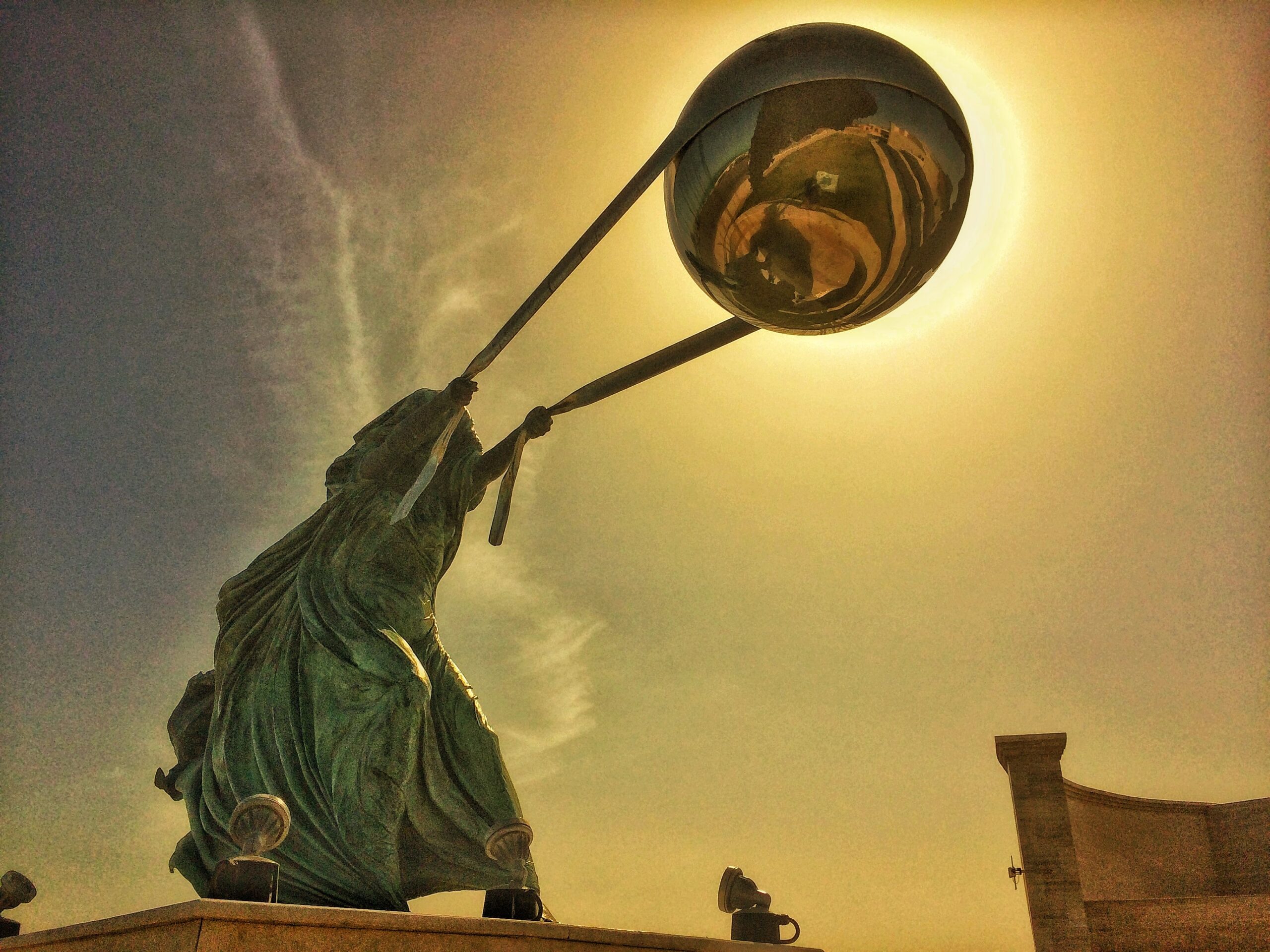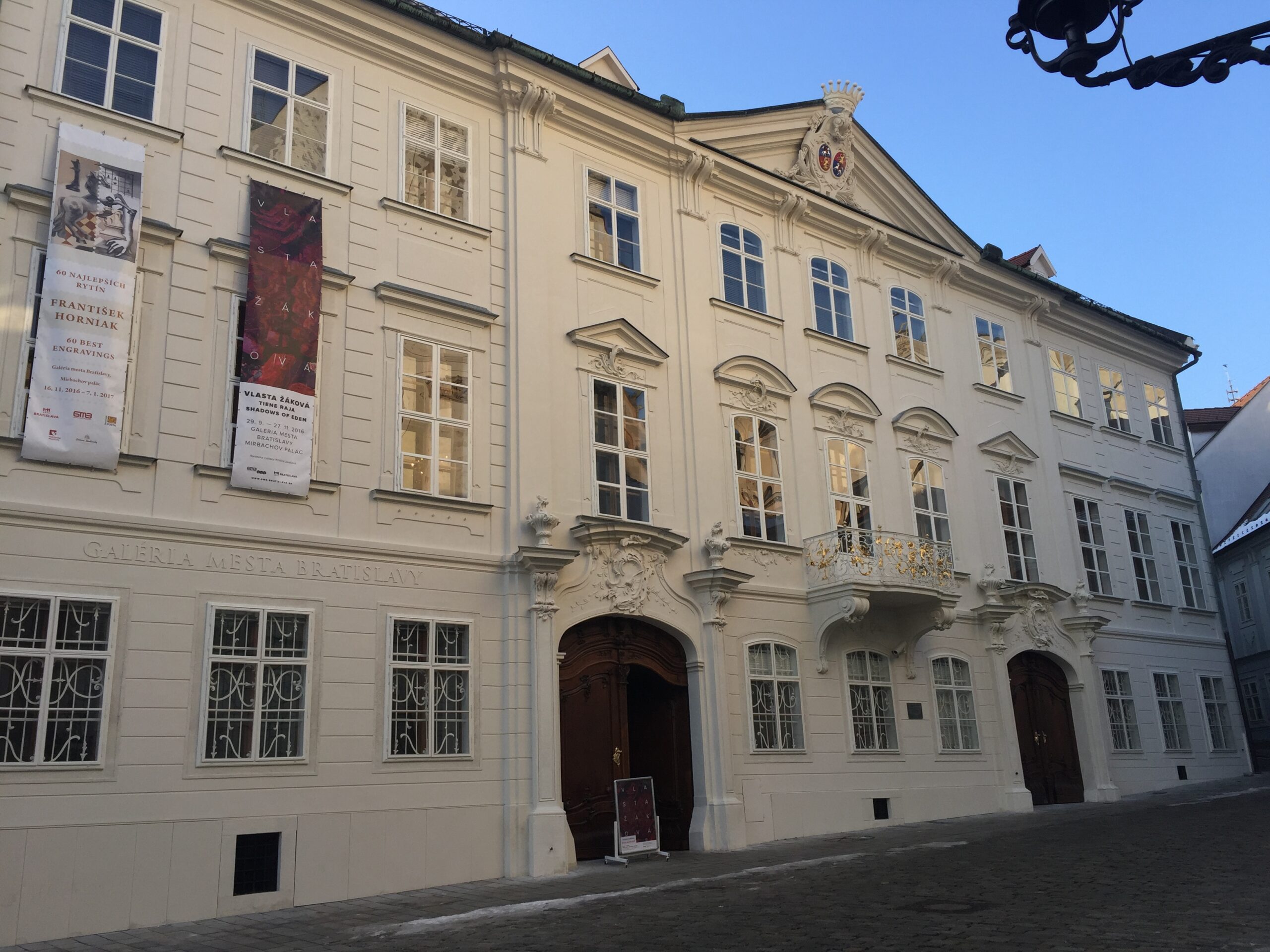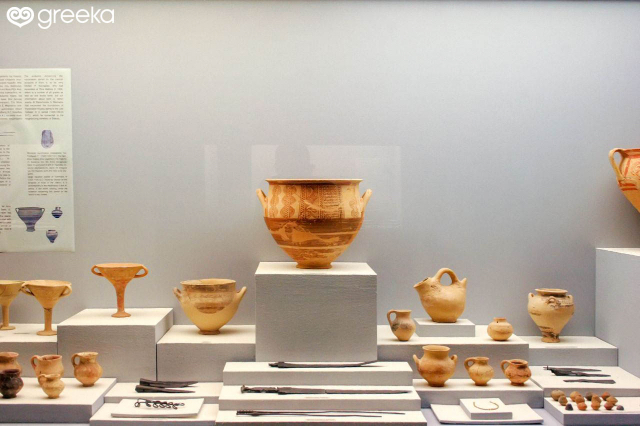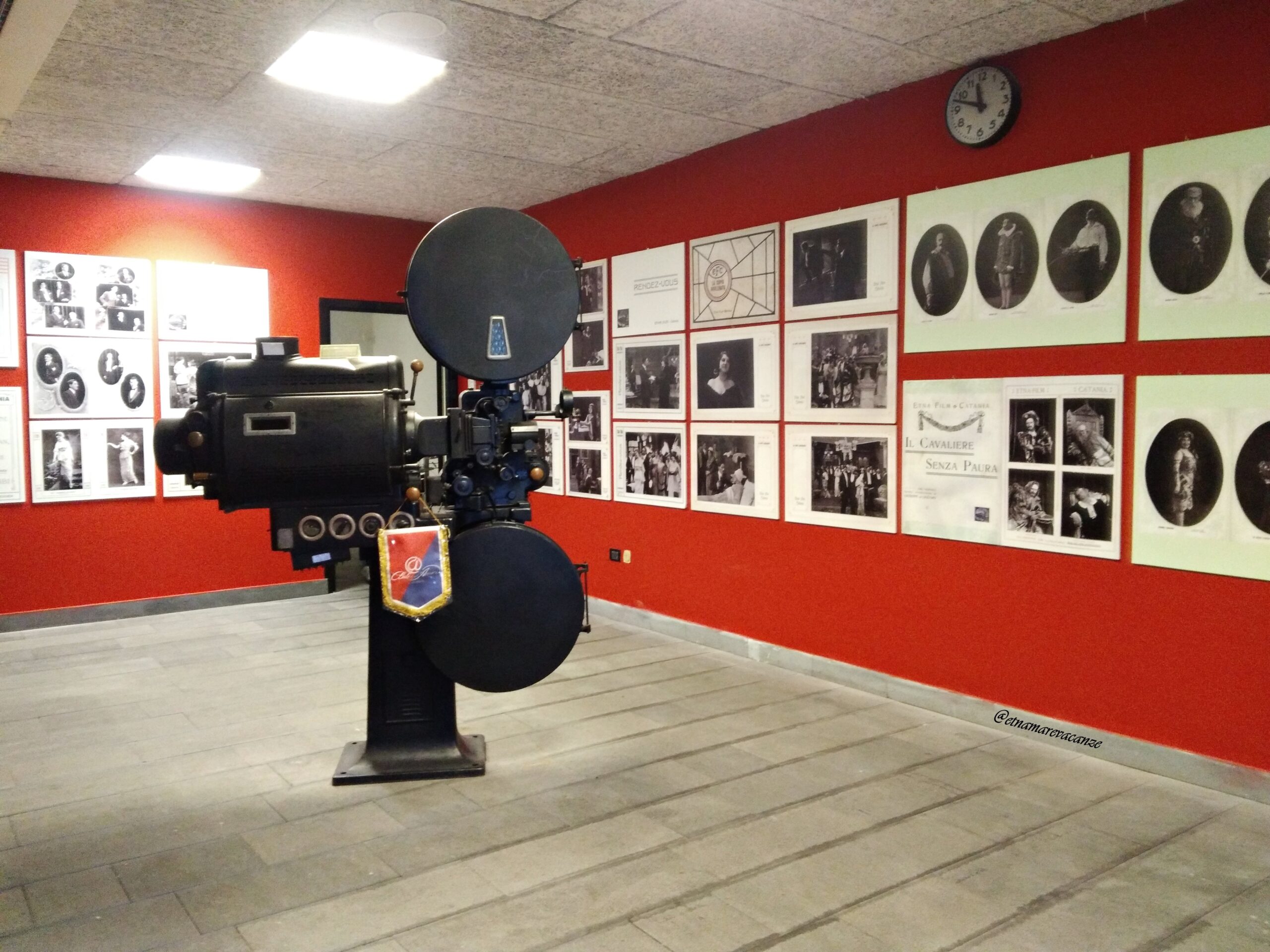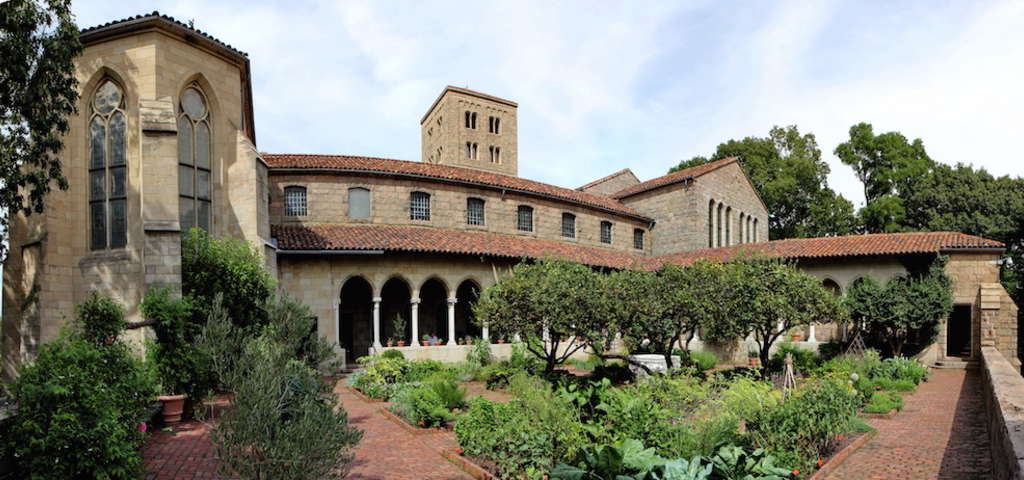The National Museum of the Upper Agri Valley illustrates, through archaeological documentation, the forms of population and the history of the Roman town of Grumentum and the entire area of the Upper Agri Valley. A first section, dedicated to prehistory, presents the remains of elephas antiquus and equids, attested about 120,000 years ago in the territory of Grumento, then characterized by a large lake basin.
Particularly representative, for the classical and Hellenistic period, are the funerary trousseaus found in the Montemurro countryside pertinent to the period of the Lucanian occupation of the territory (4th century B.C.), which have returned red-figure ceramics, weapons and elements of armour, banqueting furnishings, cosmetic vases and ornamental objects that attest to the presence of an aristocratic elite. The votive offerings (mainly terracotta statuettes) found in a rural sanctuary of the 3rd century B.C. located on the outskirts of the city and dedicated to a female deity refer to the sacred sphere. The museum itinerary ends with a presentation of the significant materials found in the Roman city of Grumentum, founded in the 3rd century B.C. following the Roman conquest of the territory.
Among the numerous finds found in the Forum are the refined marble head depicting Livia Drusilla, widow of the emperor Augustus, and an ivory pyx with a Dionysian scene; from the baths come the marble statues, unfortunately headless and lacunose, depicting two nymphs, Aphrodite with dolphin and Dionysus. Of particular importance is the epigraphic section with celebrative and funerary inscriptions.
